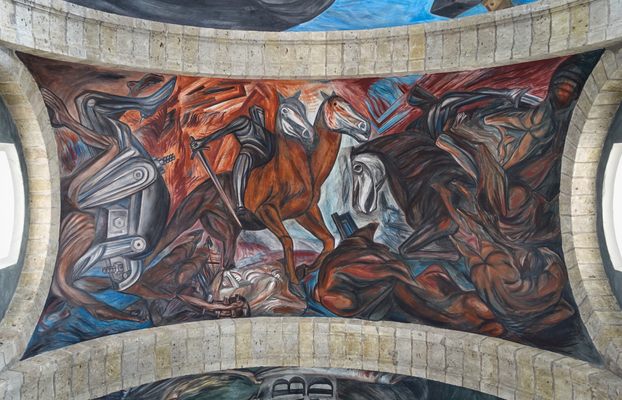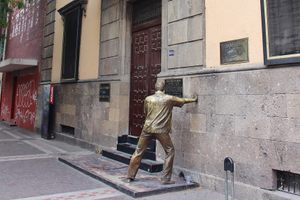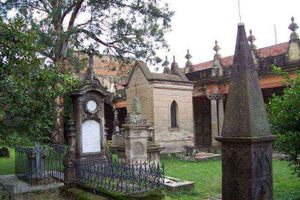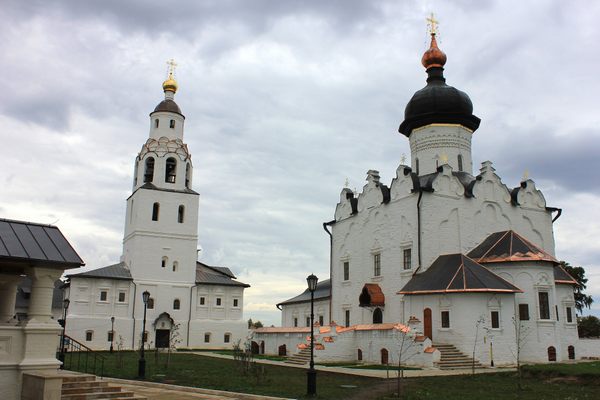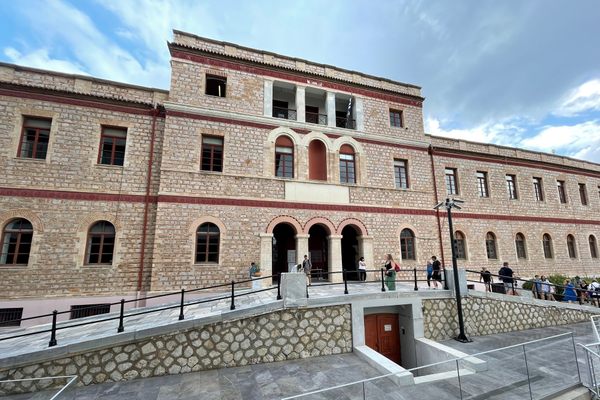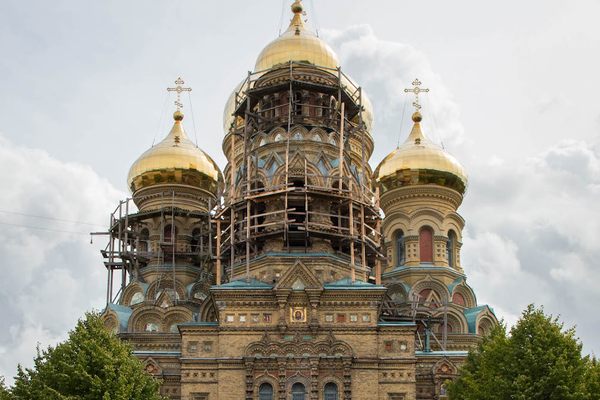About
The Colonial Bishop of Guadalajara founded Hospicio Cabañas in 1701 to serve not only as a hospital but also as a church, orphanage, and workhouse for the poorer inhabitants of the city.
By 1796 the original building required an expansion and a facelift, so the colonial authorities hired the renowned Spanish architect Manuel Tolsá to construct the building. No expense was spared. Inspired by the Baroque grandeur of the Les Invalides in Paris and El Escorial in Madrid, Tolsá got to work designing a large, Neoclassical building. Construction took well over a decade, and the building was finally opened in 1810. It was known then as Casa de la Caridad y la Misericordia or the House of Charity and Compassion.
As the war for Mexican independence raged in the 1810s, the building became the headquarters for the city's colonial army. When the Spanish were finally kicked out in 1821, Hospicio Cabañas returned to its original religious and charitable functions for over a century.
In the 1930s, the state government of Jalisco commissioned artist José Clemente Orozco to paint a series of murals in the building's interior. Between 1937 and 1939 Orozco painted over 57 frescoes for the walls and vaulted dome of Hospicio Cabañas. The murals portray hallucinatory and allegorical scenes from Mexico's rich history and a darkly imagined future of humanity.
Most haunting amongst the frescoes painted is Hombre de Fuego, or the Man of Fire. The mural depicts a colossal human figure wreathed in flames and falling from a fiery sky. A number of figures with blank expressions and sallow skin wait and watch from below. These figures almost look more zombie than human.
In the 1980s, the building became an arts center. It was declared a UNESCO World Heritage Site in 1997.
Related Tags
Know Before You Go
Hospicio Cabañas is open from Tuesday to Sunday from 10 a.m. to 6 p.m. Entrance tickets cost 34 pesos.
NEW - Yucatan: Astronomy, Pyramids & Mayan Legends
Mayan legends, ancient craters, lost cities, and stunning constellations.
Book NowCommunity Contributors
Added By
Published
April 5, 2022






